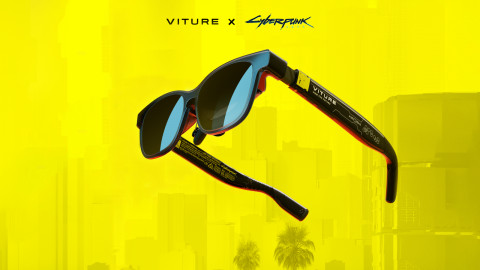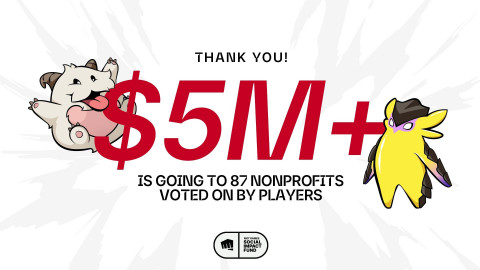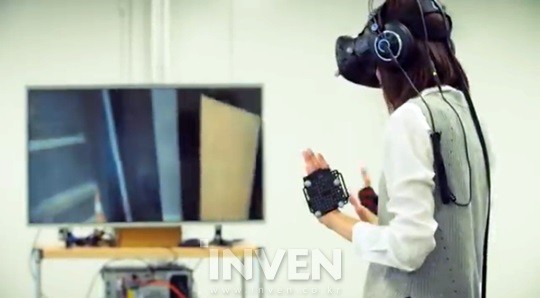
Is it real or just an illusion? I always come back to this question when I think about virtual reality (VR) and its market. Some people say VR is an innovation that will revolutionize the future while others remain skeptical. And it’s not just people’s opinions; industry trends reflect a similar uncertainty. It’s all show and no substance. There aren’t many places you can point to and say that’s where VR is booming, but perhaps this is due to the fact that a real market hasn’t been fully formed yet.
On the second day of CEDEC 2016, three VR experts in Japan held a conference to talk about current state of VR and its future. They’ve been working extensively to introduce VR to general public and wanted to talk about democratization, its promises, and its shortcomings.
Guest Introduction
Junichiro Koyama joined Namco in the 90s and helped develop titles like The Idolmaster, Mario Kart, and Ace Combat. Also worked on consumer electronics including smartphones and other products.
Yukiharu Tamiya worked in development and design team at Bandai Namco and was involved in Dragon Ball Chronicles and the Dragon Ball Zenkai series as a producer.
Takeshi Kobayashi is a part of COLOPL Inc. and has been developing VR games since 2014, including a VR fighting game called Steel Combat. He also works in non-gaming fields such as VR video.
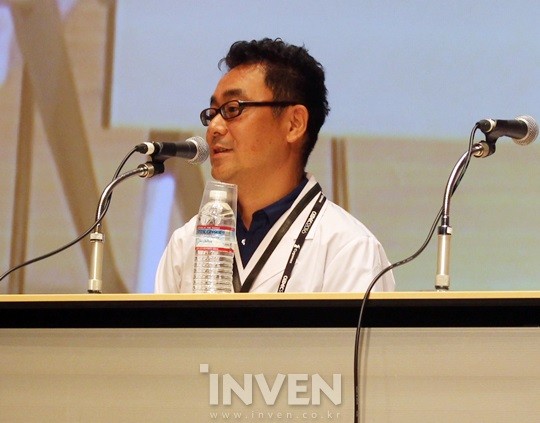
Let’s start with something light. Was recent Bandai Namco’s Project I CAN VR zone as popular and successful as I’ve heard?
Koyama: We created Project I CAN with everyone in mind. We wanted to break away from traditional VR games and provide a whole new kind of VR entertainment. VR has been considered a high-end item for wealthy people only. So we designed it for ordinary people to enjoy.
At first, we weren’t sure if people who don’t know about VR would show up. Maybe it was because we didn’t have a big budget to begin the project. Thanks to media coverage, we were able to make promotional videos and advertisements. During the first week, we mostly saw people already familiar with VR, but on weekends we met more general audiences, including couples and families.
Tamiya: It was quite successful, partly due to the announcement of PlayStation’s VR. There were many people who were new to VR as well as some who knew of PSVR but weren’t quite sure exactly what it was. People wearing glasses were a little hesitant to try it though due to the rumor that VR doesn’t work well on people with eyeglasses [laugh].
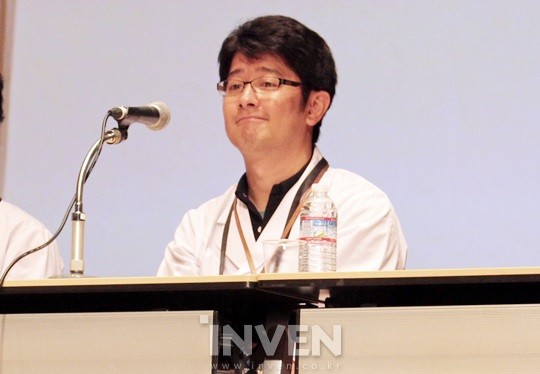
What are your thoughts on public awareness of VR, and how does that affect development process?
Kobayashi: To be honest, we don’t think ordinary people own VR units. Globally, there are certainly consumers who own VR, but they’re extremely small in number. That’s why, however minute, their input is very valuable. Their feedback helps us a lot, and we hope to receive more as the market grows.
I’m aware of the limited pool of users who can enjoy our work, but we’ll continue to develop because our ultimate goal is to deliver our content to a new platform.
COLOPL was originally known for making mobile games. Why did you turn to VR?
Kobayashi: Actually, we started developing for VR in August of 2014. My grandfather was the head of the company and he brought me an Oculus DK1 to develop content on. That’s how it got started. We made a simple VR shooting game over a course of a year and experimented with it in different capacities, including porting it to mobile VR. Finally it became difficult to continue the project without a dedicated team, so we formed one.

How did Bandai Namco get started on VR development?
Koyama: I have to confess, I’m quite old [laugh]. I realize I’m not the typical generation to develop VR. I couldn’t help but be amazed at the technology when I first got my hands on the Oculus DK1. And it wasn’t just for games but more for a sort of next generation entertainment. I didn’t want to miss that opportunity.
Tamiya: I tried hard to change the company sentiment by developing VR content and showing it off to my coworkers. I also made videos of different people experiencing VR hoping to spark an interest.
One funny thing about VR is that merely watching others experience it is often enough to pique people’s curiosity. Promotion videos for Project I CAN also showcase people trying out VR. I think watching someone else using VR brings up similar emotions among public, just as watching athletes expressing various emotions during the Olympics does.
Has COLOPL ever introduced its content to general audience?
Kobayashi: For our summer event this August, we showcased our VR contents to the majority of people who don’t own head mounted displays (HMD). I think going out there and having people experience VR has its own merit. Obviously, it’s hard to observe people’s faces when using a HMD, but the process itself was a great source of feedback for us.

What kind of titles were showcased on Project I CAN?
Koyama: We focused on games and entertainment that take a short amount of time. One of the strengths of VR is its ability to emulate experiences that are prohibitively expensive or dangerous in real life. We showed those types of VR experiences along with [game] titles using our established IPs like Dragon Ball and The Idolmaster.
There’s been safety concerns with VR use. Have you encountered any issues?
Tamiya: Unfortunately, current technology can’t grant total freedom of player movement, though it would be a fun experience for players to walk around in large areas with VR. Someday, I want to make that possible. But for now, players familiar with VR often move within the expected confines of the system.
One interesting thing I noticed at the event was how people new to VR respond in unexpected ways. For example, at one point in the program, many of people looking down from a great height tried to bungee jump. And with awesome style, too [laugh]. If we had the technology for them to freely move, then more people will be able to immerse themselves in VR.
Some people were running when we asked them to slowly back up and others tried to jump to a place in VR or to actually catch it. I found these behaviors to be somewhat dangerous, mainly because we didn’t expect them.
Kobayashi: Many people broke the controllers, running them into walls and floors. Quite a number of controllers ended up broken. Real walls and floors always pose a challenge.
I’m sure you’ve learned how to take precautions now?
Koyama: People often forget the safety instructions we give when they first experience VR. We know what to look out for now, but there were lots of unexpected moments at first.
Tamiya: We have enough insight into how a player will react in a virtual space, so we know how to respond accordingly. Players are also becoming acclimated to what works and what doesn’t in VR. We sometimes ran into the opposite problem of players moving more passively than we liked.
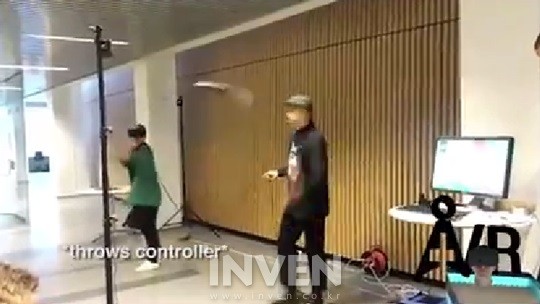
Isn’t using VR while seated safer?
Tamiya: Mr. Koyama tried a VR bike game and still fell off the seat a couple times [laugh]. You can’t be too careful.
Kobayashi: It depends on the type of controller and the type of content. A hand motion controller seems to be the most immersive and convenient but it can get quite tiring after debugging. We’re still exploring different possibilities.
How are VR games different than conventional games from a developer’s standpoint?
Kobayashi: One of the biggest differences is camera work. Game designers have to distinguish between which parts are supposed to be seen and which parts are not. It’s difficult to do that with VR because the player is in control of the camera. Another challenge is to maintain 90-frame refresh rate on PC. We constantly juggle between optimization and graphical fidelity, not to mention designing in a way that doesn’t cause motion sickness.
Koyama: Motion sickness is an important point. If VR causes motion sickness, then it loses value as a new experience or positive culture. That’s why we conduct extensive internal testings and experiments to gauge the seriousness of motion sickness. Some people can overcome motion sickness through repeated exposure.
How do you balance fun in VR as to what part comes from it being a game and what part being an experience?
Tamiya: It’s something we’re continuously working on. If we make it all about the game aspect, then we wonder if it even needs VR. If we focus solely on rules of the game, then I suspect it doesn’t necessarily have to involve VR.
Kobayashi: It’s an issue we revisit constantly in development meetings. We’d like to have the cake and eat it too, but it’s rarely the case. Balancing fun isn’t an easy task. I’m also curious to know what other developers think.
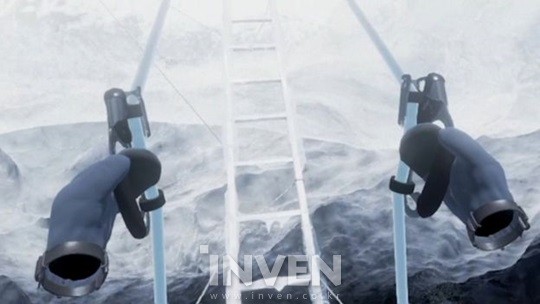
What are your stances on the VR experience at an offline establishment like an arcade?
Tamiya: If it’s a game to be implemented in an arcade, then it has to have repetition. I worry that introducing concepts like that will end up making VR something else entirely. In development, we don’t usually put a great emphasis on repetition because VR is a device more dedicated to an experience, and we want to focus on that.
We’ve come across this topic multiple times during the preparation for Project I CAN—I think it was about a horror game. After our discussion, we settled on delivering an intense horror experience despite losing some replay value.
What will VR be like in five years?
Koyama: VR in its current iteration is the result of hardware technology and tweaking traditional game systems. I think we could reach a point where augmented reality (AR) and VR become readily so available that people can have experiences without actually being there. Maybe people won’t have to go to ski resorts to ski.
Then won’t they all go out of business [laugh]?
Tamiya: I have no doubt that VR will provide an easy avenue for people to have experiences in the comfort of their homes. Yet, there are things that VR can’t replace, like going on a ski trip with friends and families and fondly looking back on those memories later. I don’t think ski resorts will go out of business. They may even become more relevant.
Personally, I think videos implementing a wide 360-degree angle camera will become an excellent medium for VR experience. Adding location information to a wide angle video will be like a real-life experience instead of it being some video someone took.

Kobayashi: I think VR will become more portable like smartphones. It’ll be important that people are able to use VR whether they’re traveling or at home. For now though, HMDs have to become more widely available to households. There are many issues, but it’ll happen eventually.
Koyama: Devices like PSVR will be something that everyone from children to seniors can enjoy. I was especially ecstatic to hear from a lady in her sixties trying PSVR and saying how wonderful it was.
Sort by:
Comments :0




